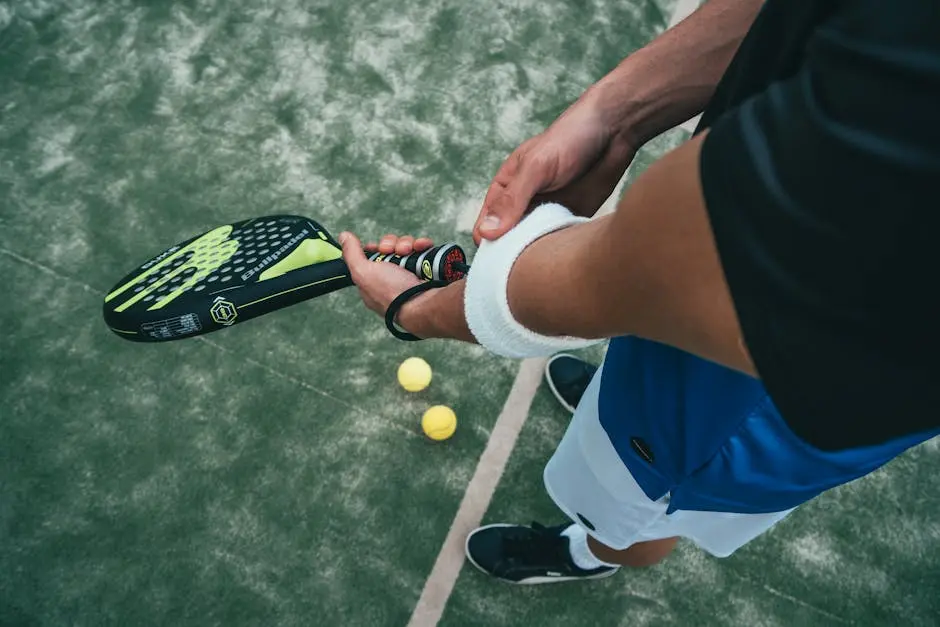Understanding the distinctions between professional and amateur padel can enhance your appreciation of this exciting sport. In this guide, we will explore the various factors that set these two levels apart, from skill and training to competition and equipment.
Skill Level Differences
One of the most apparent differences between professional and amateur padel lies in skill level. Professional players possess an exceptional level of technical ability. They can execute complex shots with precision and consistency, something that comes only from years of dedicated practice.
In contrast, amateur players often focus more on enjoyment rather than perfection. Their skills tend to be more variable, and while this can lead to fun and exciting games, it doesn’t always showcase the same level of finesse seen in professional matches.
Beyond just the technical know-how, professional padel players demonstrate heightened strategic understanding. They can read their opponents and adapt their gameplay in real-time, a skill that develops through countless hours of competitive play. Amateurs, while often passionate, may not yet have the experience to fully grasp these nuances.
Ultimately, the differences in skill levels highlight the impressive range of talent within the sport, making both professional and amateur padel enjoyable to watch and play, albeit for different reasons.
Training Regimens
Another significant distinction is in the training regimens. Professional padel players adhere to rigorous schedules that often involve multiple hours of practice each day. Their training not only includes on-court practice but also strength and conditioning routines, nutrition planning, and mental coaching.
For amateurs, the approach to training can be more casual. Many play when they can, be it a few times a week or even less frequently. While they may engage in drills and practice sessions, it usually doesn’t compare to the structured environment of professional training.
Additionally, professional players are often part of training camps where they can hone their skills alongside other elite athletes. This environment fosters growth that might not be easily accessible to amateurs who typically practice with friends or in local clubs.
The disparity in training intensities directly impacts the performance levels seen during matches, making commitment a key element distinguishing amateur play from the professional scene.
Competitive Play and Tournaments
Competitive play and tournaments are vital components of the professional padel scene. Professionals participate in numerous high-stakes tournaments each season, where they face some of the best players in the world. The environments are intense and stressful, requiring mental toughness and acute focus.
Amateurs, on the other hand, often engage in local competitions or friendly matches. These games are typically more laid-back, providing an opportunity to enjoy the sport without the same pressure or level of intensity.
Moreover, professionals must deal with the logistics of travel and performance expectations. Each tournament presents a new set of challenges, as they often play on different surfaces and conditions. Amateurs usually do not face such variances and can focus more on personal enjoyment.
Engaging in competitive play, even at an amateur level, can greatly enhance skill and confidence, creating a bridge to eventual participation in more serious matches if one so desires.
Equipment and Technology
Equipment plays a crucial role in distinguishing professional from amateur levels. Professional padel players have access to cutting-edge rackets and gear designed for optimal performance. These tools are often custom-made to suit each player’s playing style.
Amateur players, however, may opt for more budget-friendly options, focusing on recreational play rather than specialized performance. While many amateurs enjoy their experience, they may not benefit from technologies that can enhance gameplay.
Technological advancements have also permeated the world of professional padel. Analytics can aid players in studying their game and opponents, leading to informed decisions that can dramatically impact match outcomes. For amateurs, such resources are typically not as accessible.
The juxtaposition of equipment quality highlights the level of investment professionals make into their craft, which is reflected in their gameplay as well.
Mental and Physical Demands
The mental and physical demands of professional padel are intense. Players must maintain peak physical condition, as matches can demand extreme stamina and agility. This level of fitness is often supported by a team of trainers and healthcare professionals.
Mental resilience is equally important for professionals, who face constant pressure during competitive play. They must stay focused and maintain a positive mindset, even when facing formidable opponents or challenging situations. This level of pressure can be overwhelming for amateurs, who may play more for enjoyment and relaxation.
While amateur players undoubtedly experience their own forms of mental challenges—such as improving their skills or overcoming nerves—these pressures tend to be less intense than those encountered by professionals.
Understanding the demands on professional players helps reveal the complexities of the sport. As both amateur and professional players strive for improvement, the passion behind padel remains a unifying factor.
Final Thoughts on Padel Levels
In essence, while both amateur and professional padel players share a love for the game, their levels of commitment, skills, and experiences differ significantly. Recognizing these differences can deepen your understanding of padel and motivate you, whether you play for fun or aim to excel competitively.







